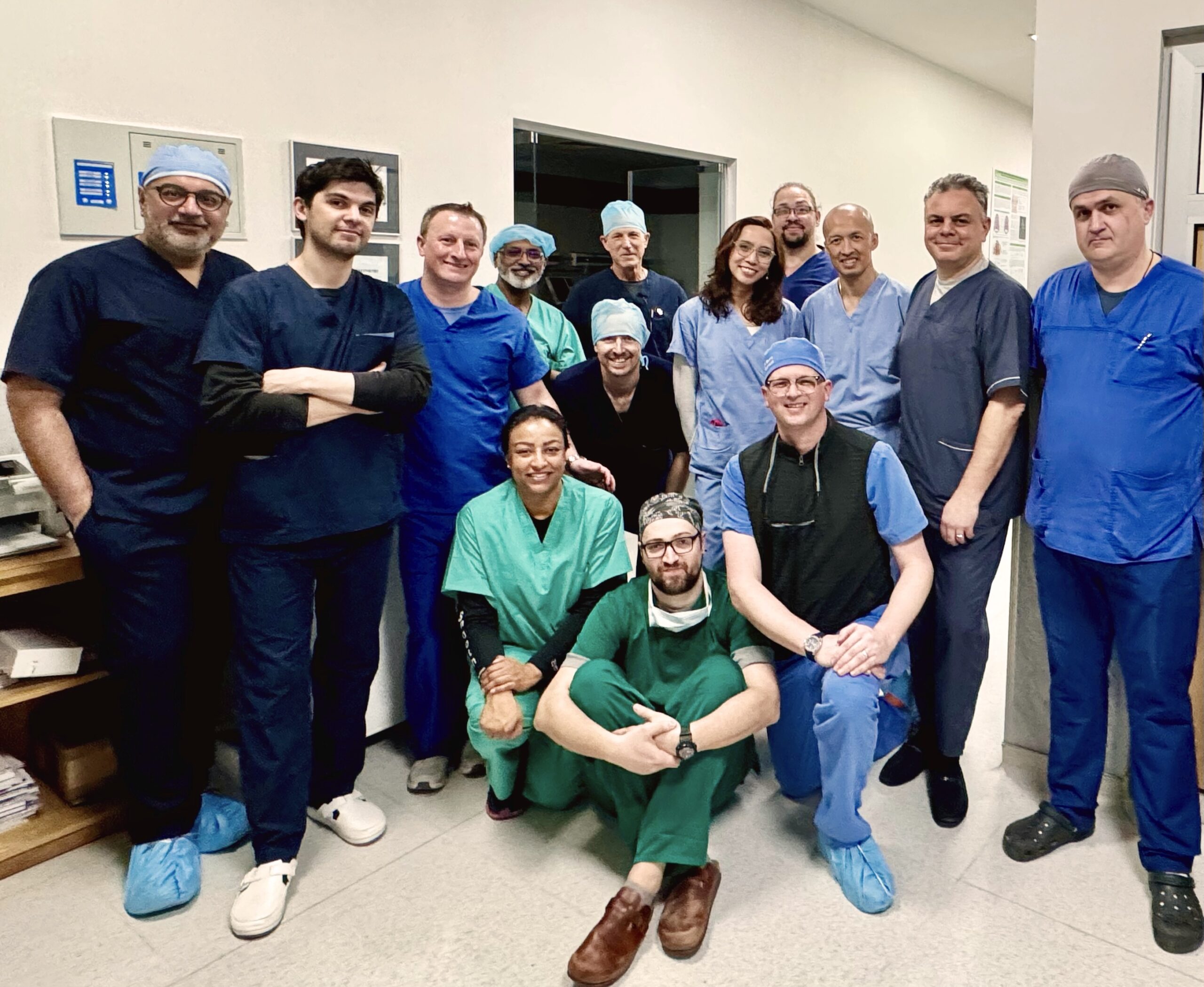
Adona Medical has announced the completion of enrolment in the ATHENS-HF first-in-human study, studying the company’s chronically-adjustable interatrial shunt with integrated bi-atrial pressure monitoring.
The device was successfully implanted in 10 patients with heart failure with 100% procedural success. All patients had their shunt diameters successfully adapted both larger and smaller relative to an initial configuration, with the impact of shunt size on the acute effects of the therapy noted, the company disclosed in a press release.
“A ‘one-size-fits-all’ technology may not be an optimal approach for all patients because heart failure is a diverse and evolving condition. The ideal shunting solution would enable adaptive flow rates and provide haemodynamic feedback so that the shunt device could be adjusted to optimise therapy based on the patient’s needs, similar to calibrating for optimal medical therapy,” said Gregg W Stone (Mount Sinai Heart Health System, New York, USA) and co-principal investigator for the ATHENS-HF study. “The Adona interatrial shunt is designed to allow for tailored haemodynamic modulation in response to feedback from the integrated pressure sensors and the patient’s changing clinical status, offering promise to a broad patient population.”
The ATHENS-HF study enrolled patients with both preserved and reduced ejection fraction heart failure (HFpEF and HFrEF). The majority of patients have reached the 90-day follow-up timepoint following their original procedure, and as planned have undergone successful additional treatments to alter the shunt size several months after the initial implantation. There have been no major procedural complications or site-reported major adverse cardiovascular and neurovascular events (MACNE) in the entire cohort to date. The company anticipates presenting primary endpoint data from ATHENS-HF later this year.
“During the initial cases, I have seen first hand that the Adona shunt can be safely and reliably deployed, and that the bi-atrial sensors provide important insights into the haemodynamic condition of the patient and the immediate impact of the shunting therapy,” said Gagan Singh (University of California Davis Health, Sacramento, USA), clinical advisor and proctor for ATHENS-HF. “Additionally, the early clinical experience preliminarily indicates the shunt diameter can be adjusted smaller or larger post-implantation, allowing for treatment tailored to patient-specific needs.”
Read more: Adona interatrial shunt used in first human cases
The Adona device features a shunt with an adjustable flow channel size, offering the potential for more individualised treatment compared to current shunt technologies with a single, fixed flow passage geometry, the company says in a press release.
“Completing enrolment in our first-in-human study ahead of schedule marks a pivotal milestone that highlights our team’s ability to execute upon our ambitious mission,” stated Brian Fahey, co-founder and chief executive officer of Adona Medical. “The strong early results are a clear indicator that we’re building a platform that has the potential to transform heart failure management. We are well-positioned for our next phases, with a plan to advance our clinical programme with the evaluation of next-generation devices later this year.”
Adona Medical is a Shifamed portfolio company.













